The work will help researchers tune surface properties of perovskites, a promising alternative and supplement to silicon, for more efficient photovoltaics.
Tag: Silicon
Vlasov and Bashir groups develop nanoscale device for brain chemistry analysis
The device, developed by researchers at the University of Illinois Urbana-Champaign, is silicon-based and takes advantage of techniques developed for microelectronics manufacturing.
Solar industry feeling the heat over disposal of 80 million panels
Renewable energy experts have come up with an environmentally-friendly plan to dispose of solar panels at the end of their life.
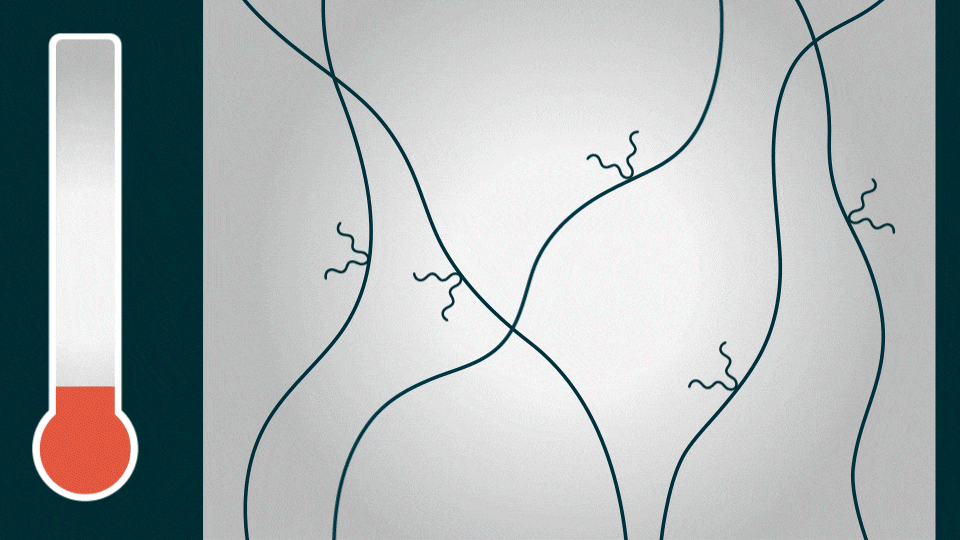
Electric Vehicle Batteries Could Get Big Boost With New Polymer Coating
Scientists at Berkeley Lab have developed a polymer coating that could enable longer lasting, more powerful lithium-ion batteries for electric vehicles. The advance opens up a new approach to developing EV batteries that are more affordable and yet easy to manufacture.
Harnessing Plant Molecules to Harvest Solar Energy
ROCKVILLE, MD – Our current solar panels aren’t very efficient; they are only able to convert up to about 20 percent of the sun’s energy into electricity. As a result, to generate a lot of electricity, the panels require a lot of space—sometimes leading forests to be cut down or farms to be replaced by solar.
Novel method of imaging silicon anode degradation may lead to better batteries
A novel method of characterizing the structural and chemical evolution of silicon and a thin layer that governs battery stability may enable better, cheaper batteries.
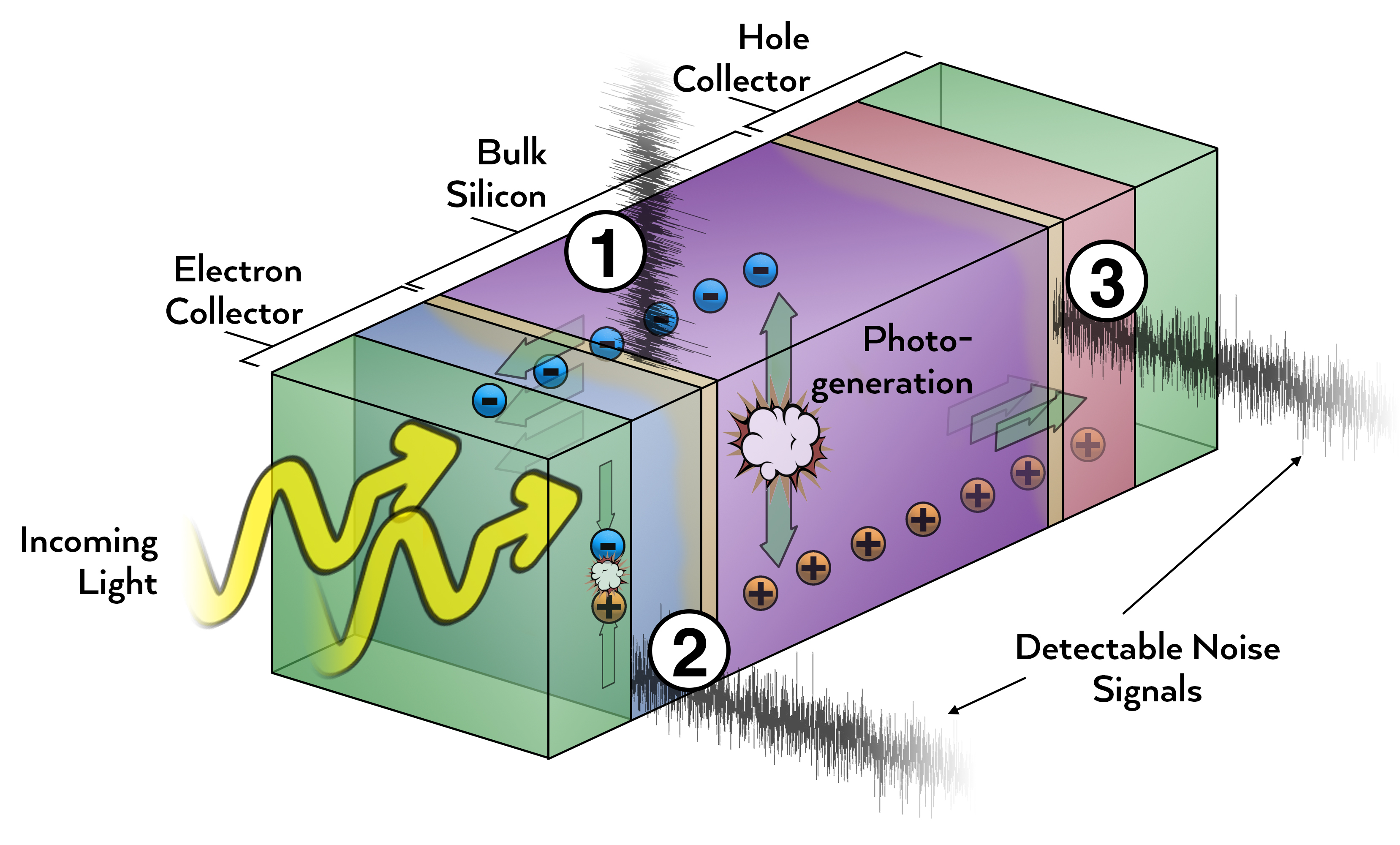
Cutting through noise for better solar cells
Physicists used cross-correlation noise spectroscopy to measure miniscule fluctuations in electrical current flowing between materials inside silicon solar cells. They identified crucial signals that are invisible to conventional methods, and pinpointed the likely physical processes causing the noise.

Large-area Flexible Organic Photodiodes Can Compete With Silicon Devices
The performance of flexible large-area organic photodiodes has advanced to the point that they can now offer advantages over conventional silicon photodiode technology, particularly for applications such as biomedical imaging and biometric monitoring that require detecting low levels of light across large areas.
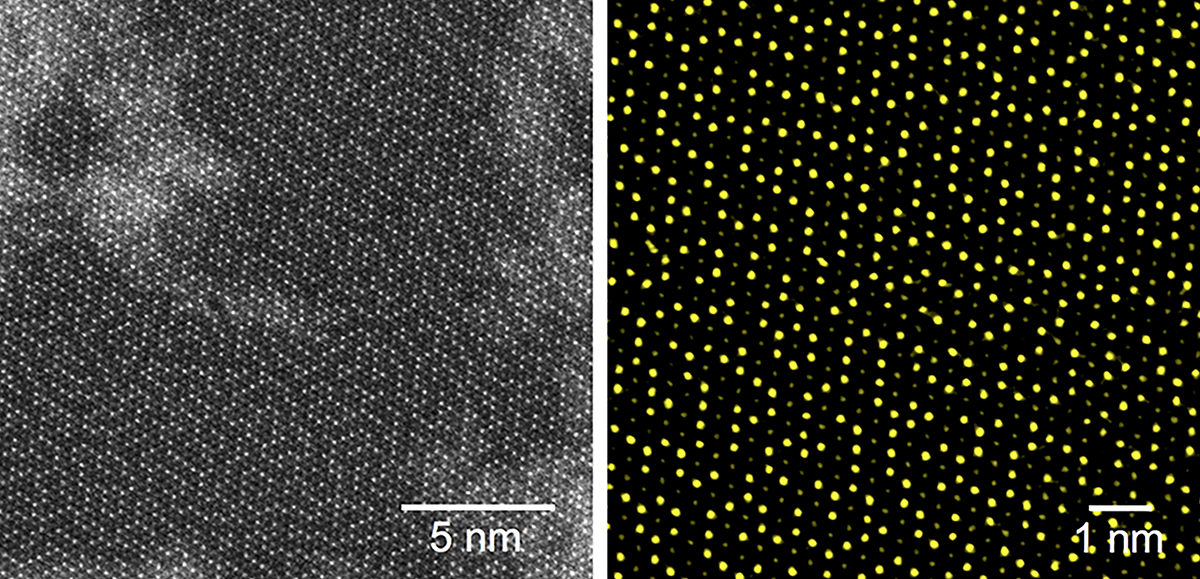
2D Electronics Get an Atomic Tuneup
Scientists at Berkeley Lab have demonstrated a new technique that could improve the performance of atomically thin semiconductors for next-generation electronics such as optoelectronics, thermoelectrics, and sensors.
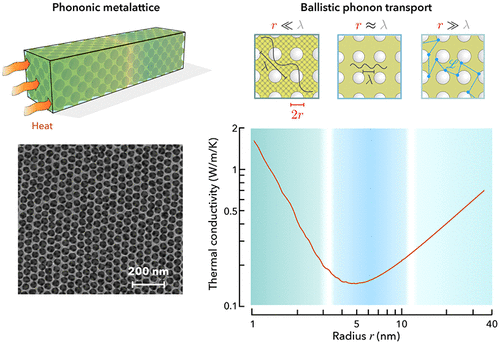
Design method may boost semiconductor performance by better handling heat
Finding ways to manage the flow of heat in silicon could boost the performance of semiconductors, but, so far, discovering the right design has remained elusive. Now, a team of Penn State researchers report that a fabrication technique may offer a path toward mastering the often chaotic flow of heat carriers at the nanoscale in silicon and other semiconductors.
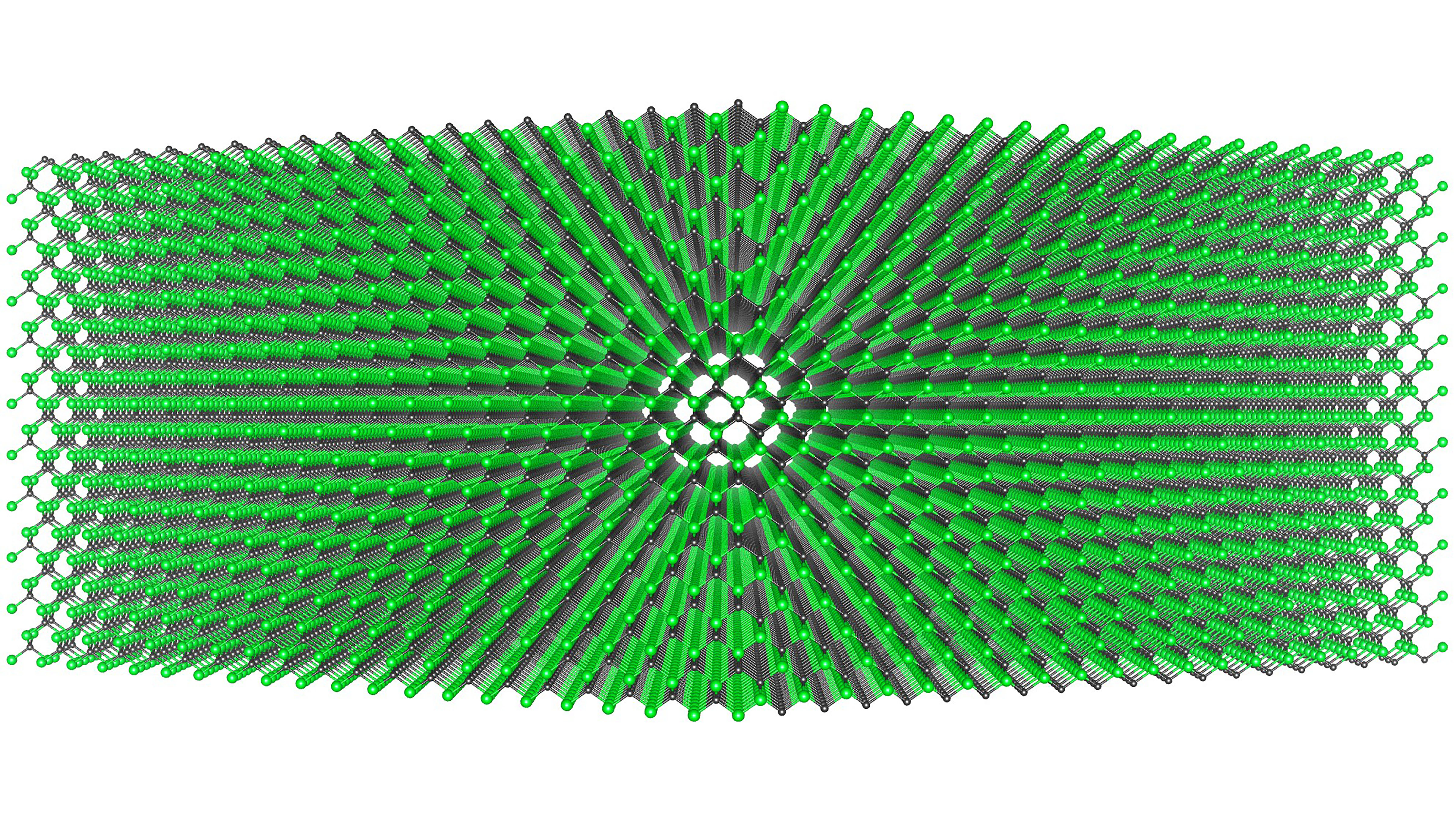
Emerging Wide Bandgap Semiconductor Devices Based on Silicon Carbide May Revolutionize Power Electronics
Silicon plays a central role within the semiconductor industry for microelectronic and nanoelectronic devices, and silicon wafers of high purity single-crystalline material can be obtained via a combination of liquid growth methods. In Applied Physics Reviews, researchers describe the atomic mechanisms governing extended defect kinetics in cubic silicon carbide, which has a diamondlike zincblende crystal structure that manifests stacking and anti-phase instabilities. The study pinpoints the atomistic mechanisms responsible for extended defect generation and evolution.
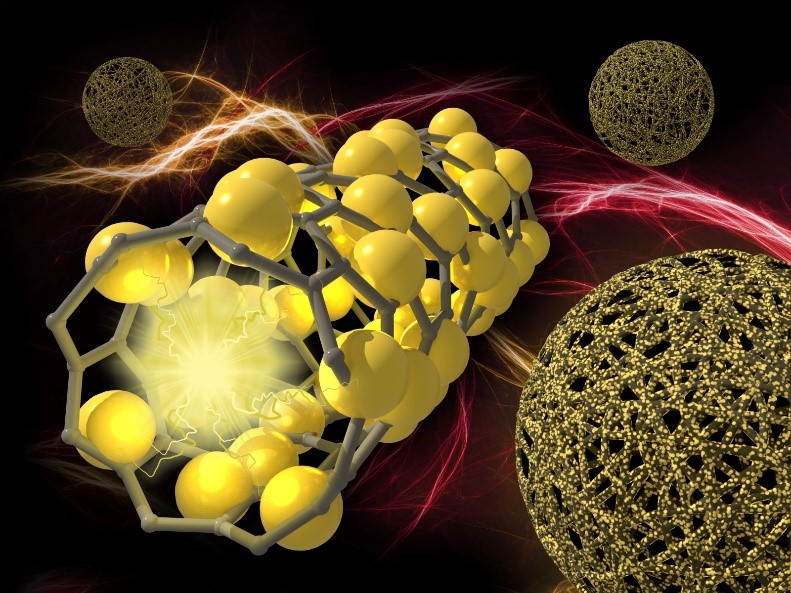
A Leap in Using Silicon for Battery Anodes
Scientists have come up with a novel way to use silicon as an energy storage ingredient. They’ve developed a nanostructure incorporating carbon nanotubes to strengthen the material and modify the way silicon interacts with lithium, a key component in batteries used in electric cars and other devices.